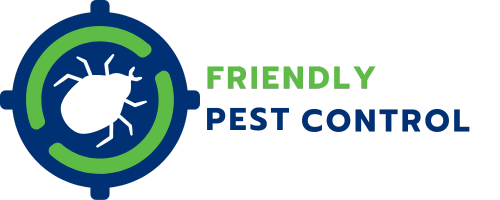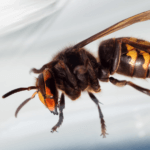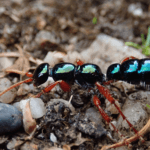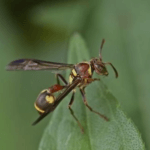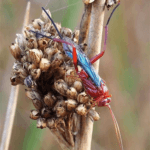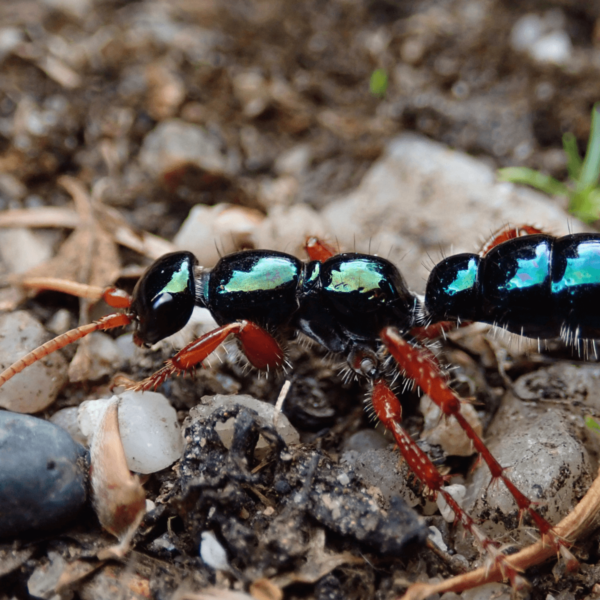
The Dazzling Blue Ant Wasp: Unveiling a Nature’s Paradox
In the vibrant tapestry of Australian biodiversity, the blue ant wasp (Chalybion luridum) emerges as a captivating paradox, its iridescent blue body contrasting sharply with its wasp-like appearance. These mesmerizing insects, with their striking coloration and buzzing presence, are not only a delight to behold but also play a vital role in maintaining the delicate balance of Australian ecosystems.
Solitary Architects: Crafting Elegant Mud-Dauber Nests
Unlike their social counterparts, the honeybees, blue ant wasps are solitary creatures, each female meticulously constructing her own nest. With their powerful jaws and remarkable precision, they gather and shape mud into intricate, vase-shaped structures. These nests, often adorned with colorful pebbles or other decorative materials, are meticulously crafted to provide a safe haven for the developing larvae.
Predators and Parasites: Maintaining a Delicate Balance
Blue ant wasps are voracious predators, specializing in capturing and paralyzing ants. Their powerful stings and sharp mandibles allow them to subdue their prey, which they then transport to their mud-dauber nests. The paralyzed ants serve as a rich source of nourishment for the developing larvae, ensuring their survival and growth.
Despite their predatory prowess, blue ant wasps are not without their own predators and parasites. Birds, spiders, and other insects prey on these wasps, while various parasitic flies lay their eggs inside the mud-dauber nests, consuming the wasp larvae as they develop. This delicate balance of predator and prey plays a crucial role in maintaining the stability of Australian ecosystems.
Appreciating the Blue Ant Wasp: A Symbol of Nature’s Diversity
The blue ant wasp, with its captivating coloration and fascinating behavior, serves as a reminder of the remarkable diversity and complexity of nature. Their solitary existence, their predatory habits, and their susceptibility to predators and parasites highlight the interconnectedness of all living things and the delicate balance that exists within ecosystems.
As we marvel at these captivating creatures, let us also remember the importance of conserving their habitat and protecting the natural world that sustains them. By minimizing our impact on the environment, we can ensure that blue ant wasps and countless other fascinating species continue to thrive in their natural habitats for generations to come.
Our Pest Control Services: A Commitment to a Harmonious Coexistence
While blue ant wasps are generally not considered pests and play a valuable role in the ecosystem, their occasional presence in homes or gardens can raise concerns. If you encounter blue ant wasps in your home or have concerns about their presence, it is advisable to contact a professional pest control service.
Experienced pest control technicians can safely remove blue ant wasp nests and provide guidance on preventing future problems. We are committed to providing safe, effective, and environmentally responsible pest control services, ensuring the well-being of our customers, their families, and their pets, while respecting the delicate balance of nature.
